The Electrified Ac Ace Classic Brings Back a Legendary British Roadster
The best of both worlds with an elegantly shaped classic, electrified!
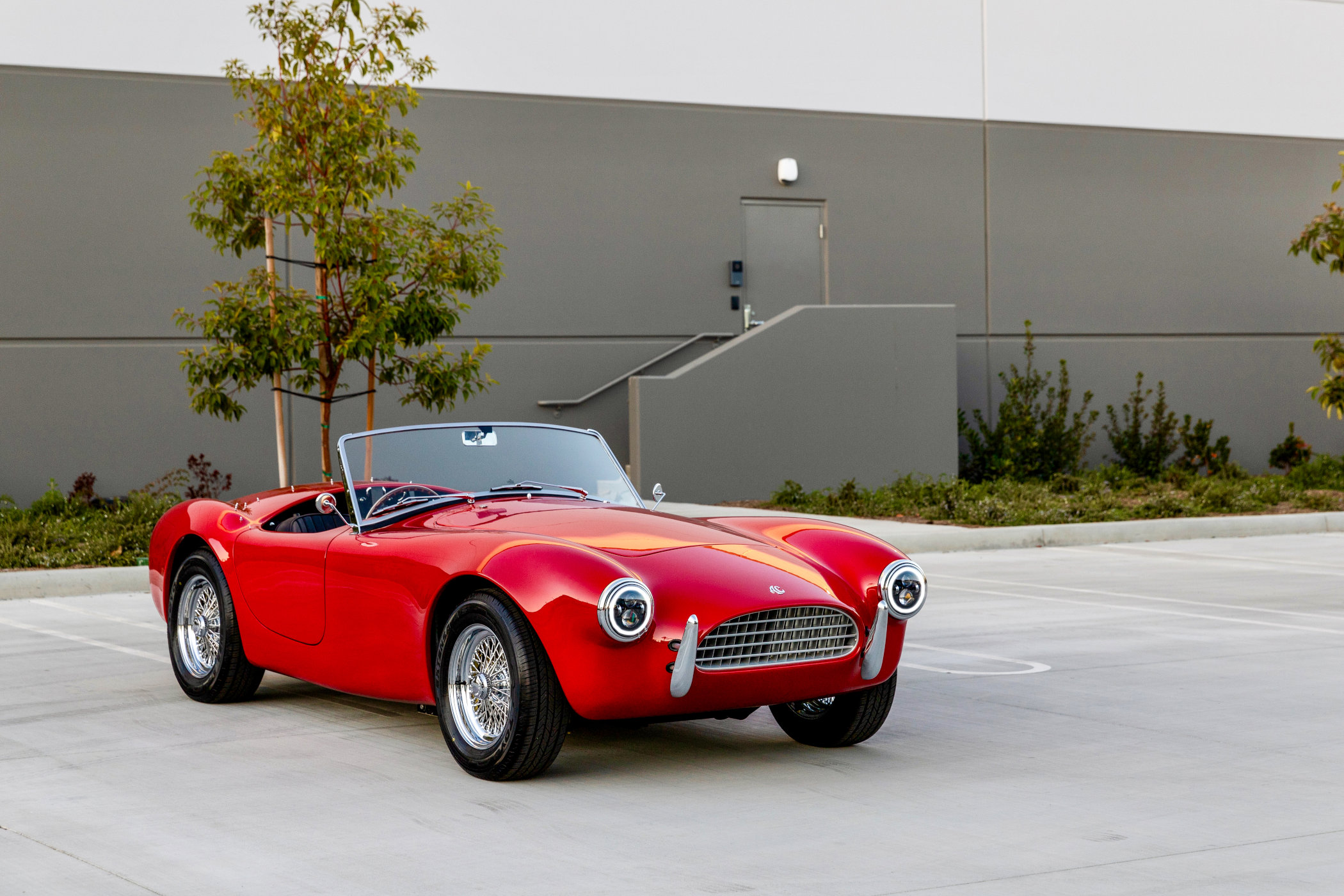
As one of the oldest brands in the business, UK-born AC Cars can look back at quite an incredible history. A history that spans two continents really, as the foundation of one of the most prolific sports cars, the Shelby Cobra, was very much laid in London, England. Through several financial troubles, however, the company went bust a couple of times, but since 2022, it has been back in action building new cars! The next in line to roll out of AC Cars’ production facilities is the AC Ace Classic, which marks a return of the curvaceous roadster that spawned the Cobra. And since we’re living in the age of electrification, it has swapped out internal combustion engines for electric motors and a battery pack!
AC Cars
AC Cars can be traced back to 1900 when John Weller founded the Weller Brothers Engineering firm in West Norwood, London. Then just 23 years old, John Weller set out to build a car with financial backing from a butcher by the name of John Porthwine. The 20HP Touring Car was shown at the 1903 Crystal Palace Motor Show, with plans to take it into production. Porthwine however, felt it would become too expensive and persuaded Weller to focus on light commercial vehicles instead, which resulted in the Auto-Carrier from 1904. By then, a new company was formed; Autocars & Accessories.
By 1911, the firm was renamed Auto Carriers Ltd, with ‘AC’ already being used before that and finding its way onto the company’s new logo. Production expanded from the three-wheeled Auto-Carrier to full-fledged passenger cars, and the company even turned to racing. Several changes followed shortly after, including another new name, AC Cars Ltd. A government contract coming out of WWII meant AC Cars Ltd still had a future, which would be bright going into the 1950s and 1960s. After that, things pretty much slowed down before closing shop in the mid-1980s.
AC Cars is probably best known for its Ace and Aceca (pronounced A-See-Ka) sports cars. Both share the same ladder-type tubular frame with a curvaceous roadster (the Ace) or hard-top coupe (the Aceca) bodies on top of it. The Ace was introduced first in 1953, with engines starting at around 100bhp before more powerful and faster versions made their entry. The Aceca followed a year later, with a slightly higher top speed thanks to better aerodynamics. By the early 1960s engine size increased again, with 2.6-litre straight-sixes producing 170bhp. At that time, though, things were about to change dramatically for AC Cars, which meant only 37 of the 2.6
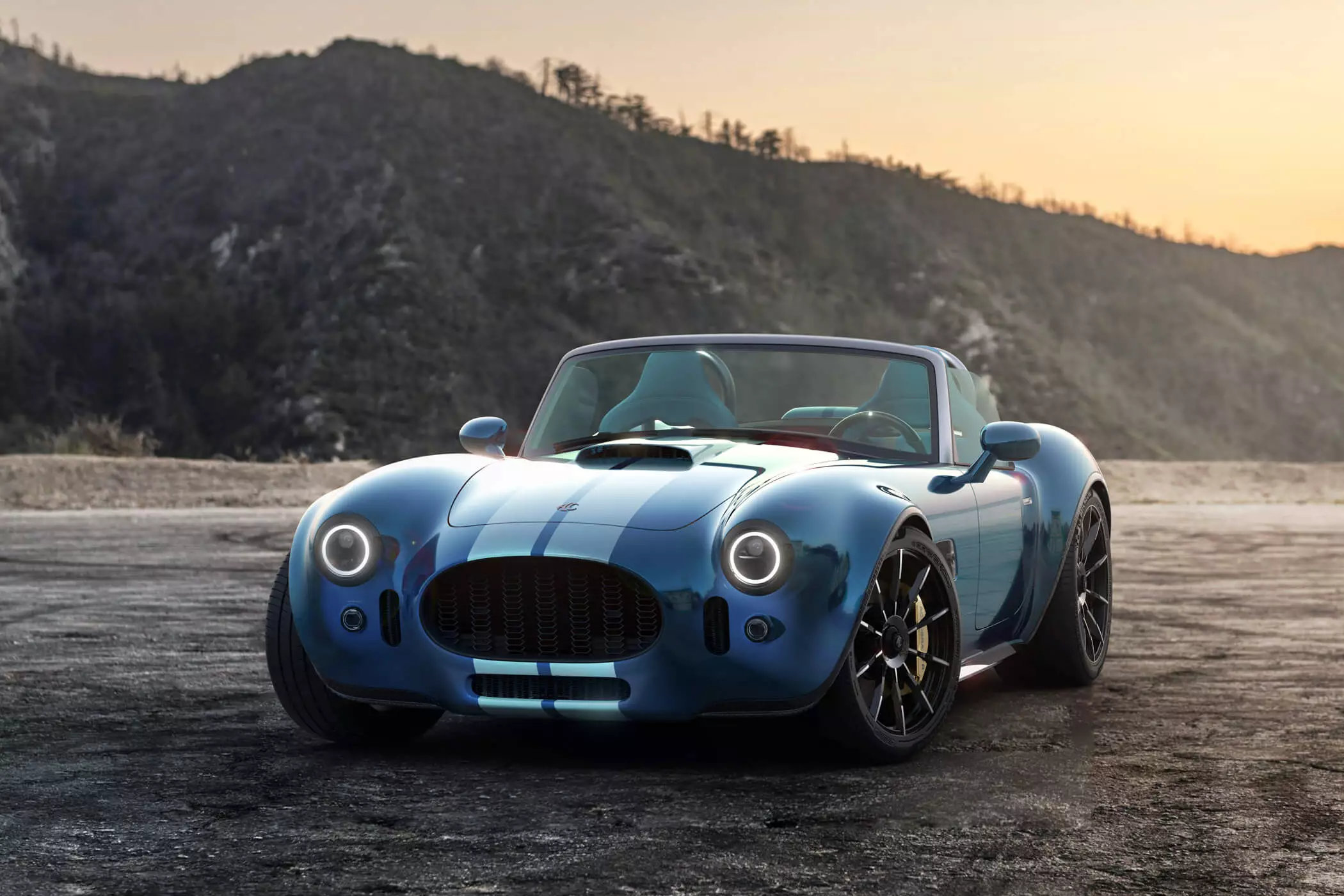
The Cobra Connection
Carrol Shelby, the famous Texas poultry farmer turned petrolhead, is a name we probably all know very well. Shelby carved out a true automotive legacy for himself through projects such as the Ford GT40 program, which led to winning Le Mans four years straight, the various Shelby Mustangs, and so on. He was also a more than capable racing driver, winning the 1959 Le Mans 24 Hours in an Aston Martin DBR1, although health issues sadly shortened his career on the racetrack.
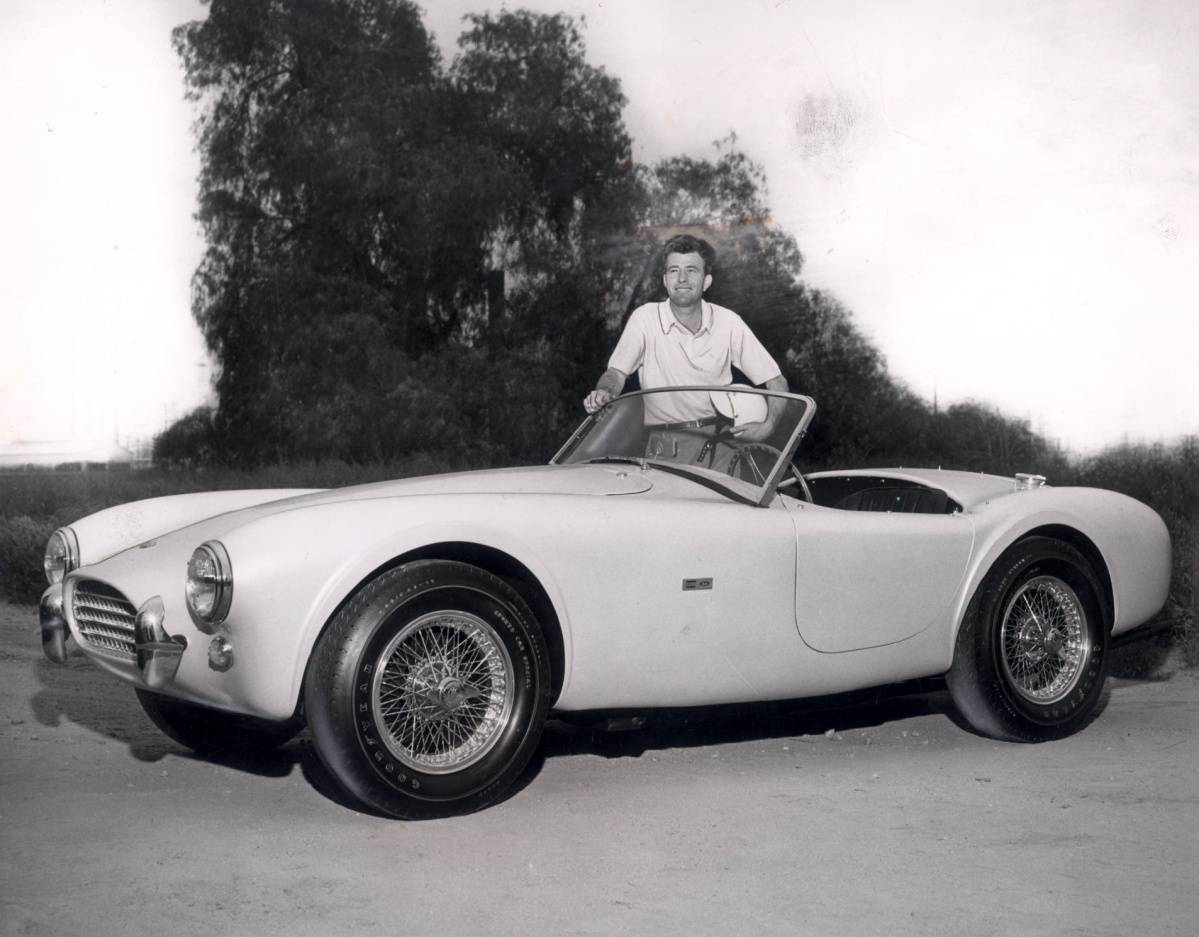
During his time in Europe, he visited several manufacturers and quickly realised the potential of a European-American sports car. His first effort was to drop a 300bhp in an Austin Healey, but it was his connection to Ford and his request to AC Cars that led to the creation of one of the most famous sports cars ever: the Cobra! Shelby saw the potential in the chassis of the Ace and ordered several of them on credit, which were then fitted with Ford’s 221ci and 260ci (3.6 litre and 4.3 litre) V8 engines.

The car was to be marketed as the Shelby AC Cobra, and production began in 1962. After the first 75 cars were built, a more potent 289ci (4.7 litres) V8 was introduced. Just two years after its debut, the Cobra grew in size and gained a more pronounced exterior as the 427 Cobra was launched. This packed the monstrous 425-485bhp 7.0 litre V8 engine that would later power the GT40 MKII, granting it Ford’s maiden Le Mans win. The Cobra was also a huge success in racing, both in its roadster form and later as the aerodynamically superior Shelby Daytona Coupe, dominating GT class racing in the mid-1960s. Shelby’s rise to fame is well-documented in the movie Ford v. Ferrari, which is a must-see!
The AC Ace Classic
Now, back in Britain, with the AC Ace Classic Electric. Following the AC Cobra, a modernized version of the iconic barn-stormer pairing the best of British car manufacturing and the brute power of an American V8, it seems it’s now time for a more sensible restomod. And by sensible, I’m not saying it’s boring or mundane. On the contrary, I think this thing is absolute beauty! It’s styled to look very close to the original, basically a recreation of the AC Ace from the outside. It’s only when turning the key that things take you in a different direction.
As mentioned, the AC Ace Classic Electric is basically a continuation car of the original AC Ace. From front to back, it’s all there. The long bonnet, the slanted window, the single headlights, the characteristic shape of the grill, and, of course, those seductively curvy rear wheel arches. It really is a stunning combination of classical looks with modern, reliable tech underneath.
I can fully understand the disappointment this doesn’t come with a small-displacement ICE engine, in the spirit of the original 221ci, 260ci or even 289ci engines. However, I think we should applaud cars that look as good as this to be put on the road in general, even if it is packing an electric drivetrain. It keeps the Petrolhead spirit alive (minus the “Petrol” part, that is) and will probably invite owners to put more miles on if compared to if it were fitted with a V8.
And it’s not all show either, as there’s a lot more modernity to it than it seems at first glance. The body is drawn up in carbon fibre, for instance, plus a hand-finished interior. Each client can configure its own Ace, but standard colours include red, white and blue, reflecting the Anglo-American heritage of the original.
Tucked away under that gracious body is a 300bhp drivetrain, said to have a range of over 200 miles. With it, the AC Ace Classic Electric hits 60mph (100kph) in just under 5 seconds. The top speed is only 130mph, which equates to 210kph. Doesn’t sound like much, but such a car is best enjoyed on a twisty B-road in the countryside. On top of that, the relatively low weight of 1,100 kilos and a 50/50 weight distribution are a definite bonus!
The base price for the AC Ace Classic Electric is GBP 212,000 (approx. USD 275,000 or EUR 260,000), which certainly is a lot of money, but I was expecting a lot more than that when I first saw it. Restomods like this can easily command seven-figure sums from time to time, so in that respect, another win for the AC Ace! Be quick, though, as only 49 will be built!
For more information, please visit AC.Cars.
Editorial Note: The information used for this article and the images portrayed are provided by and used with permission of AC Cars unless stated otherwise.

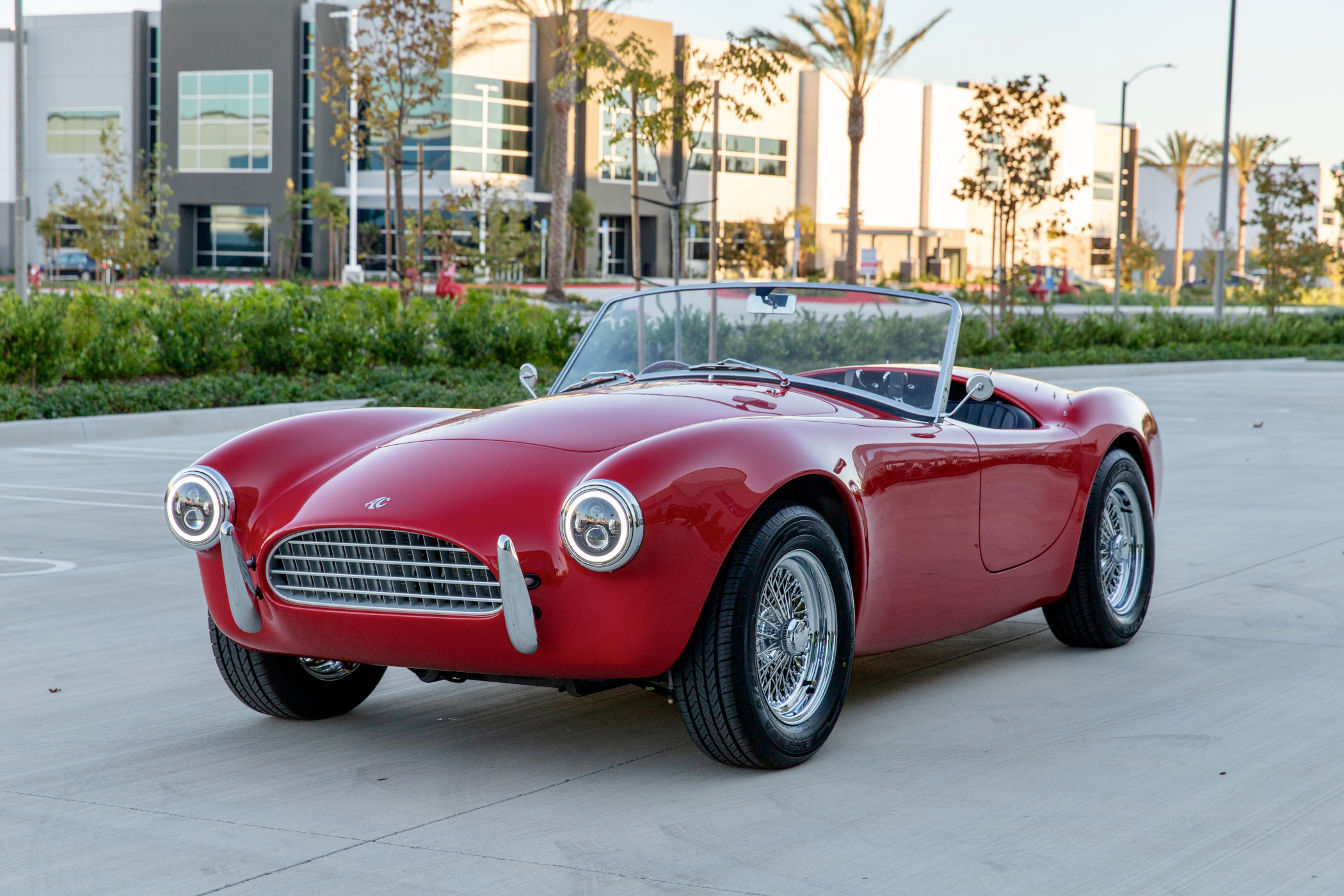
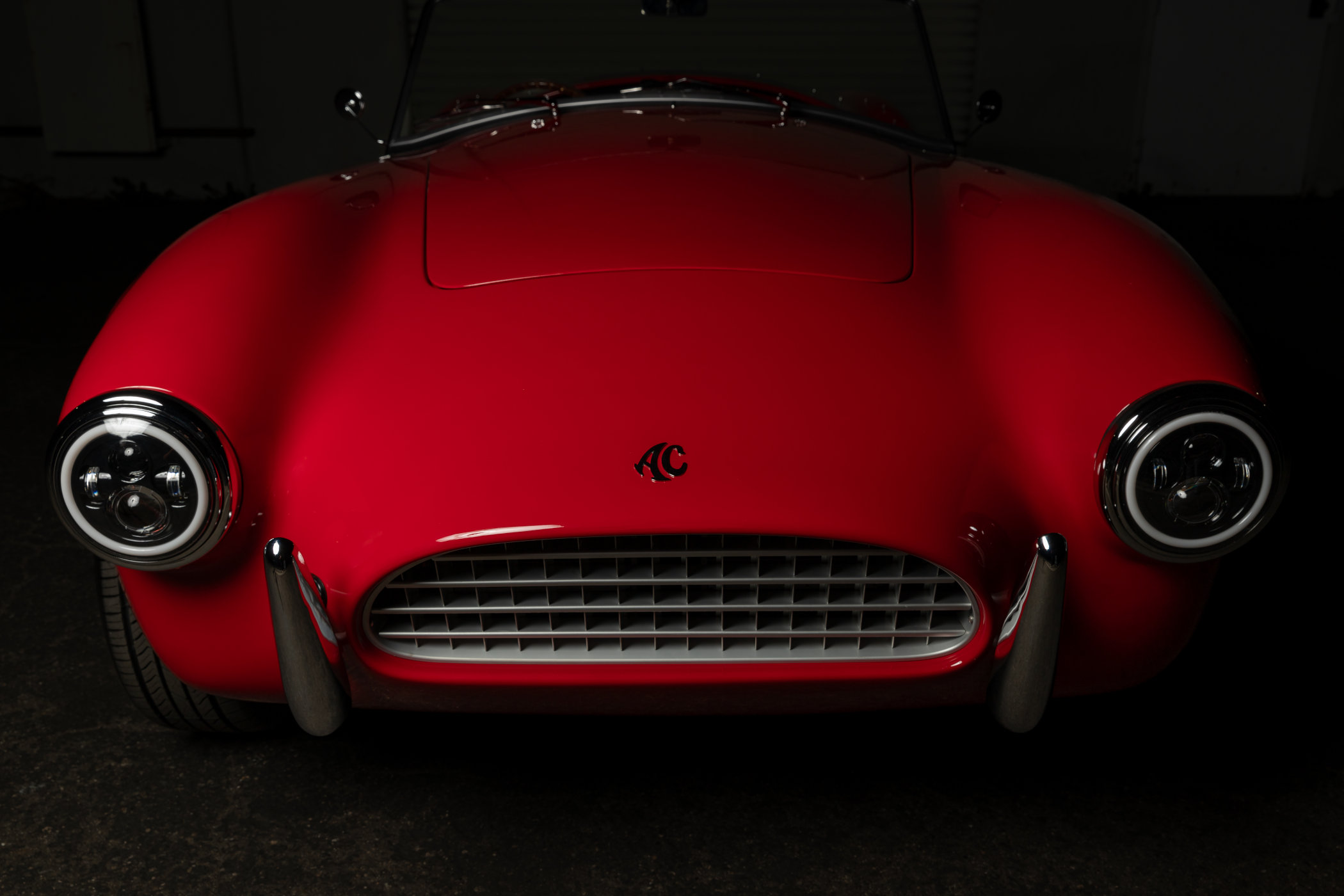
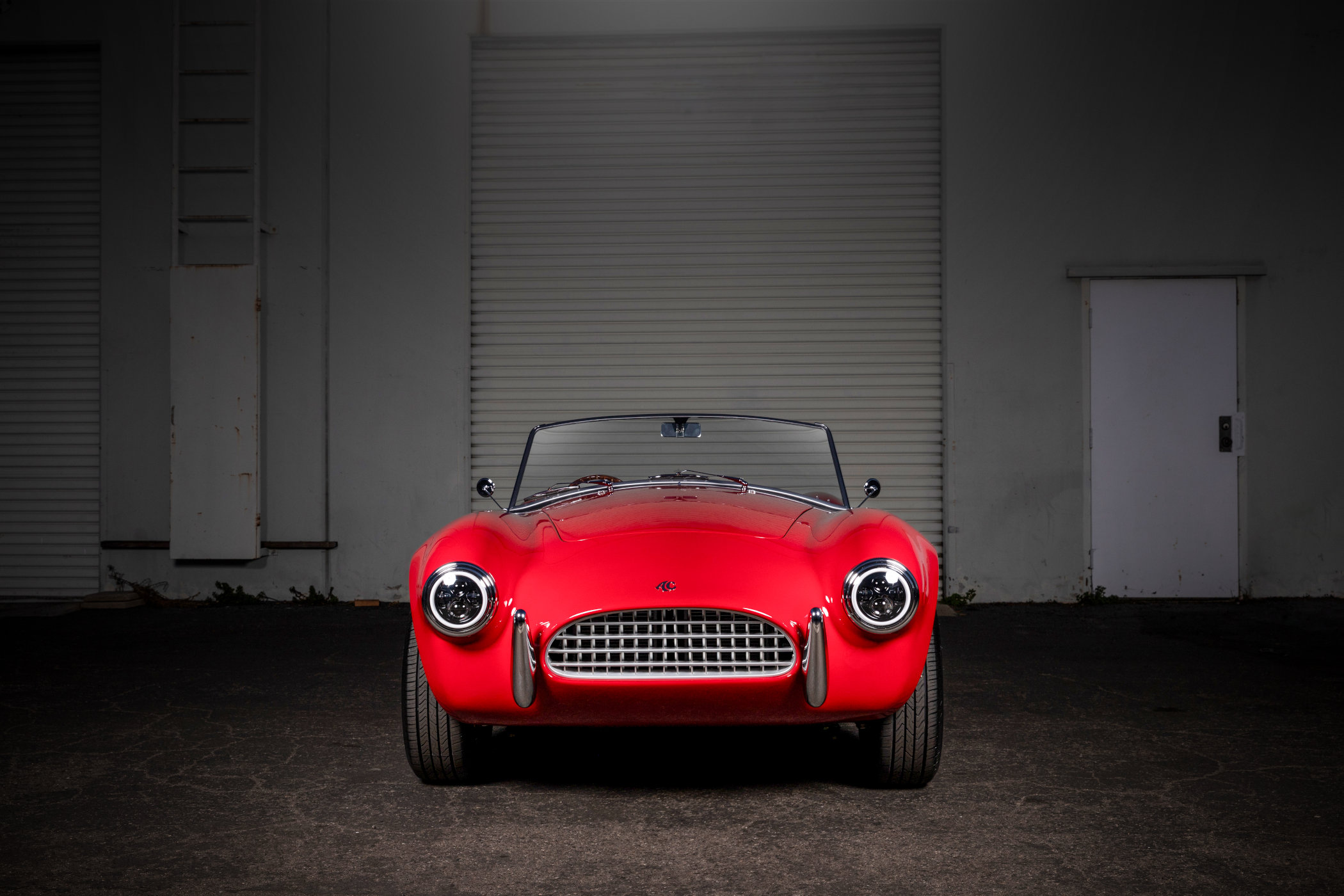
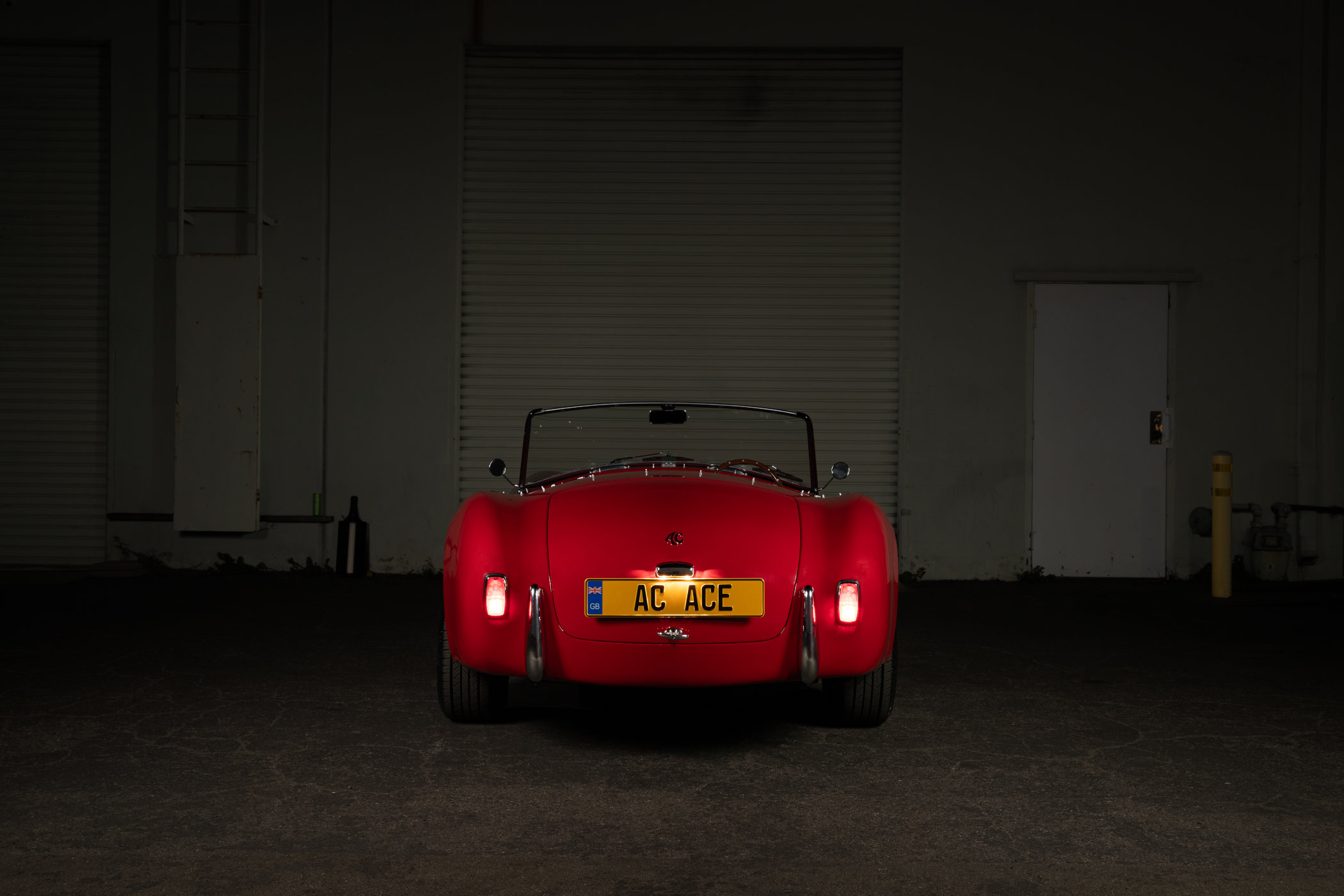
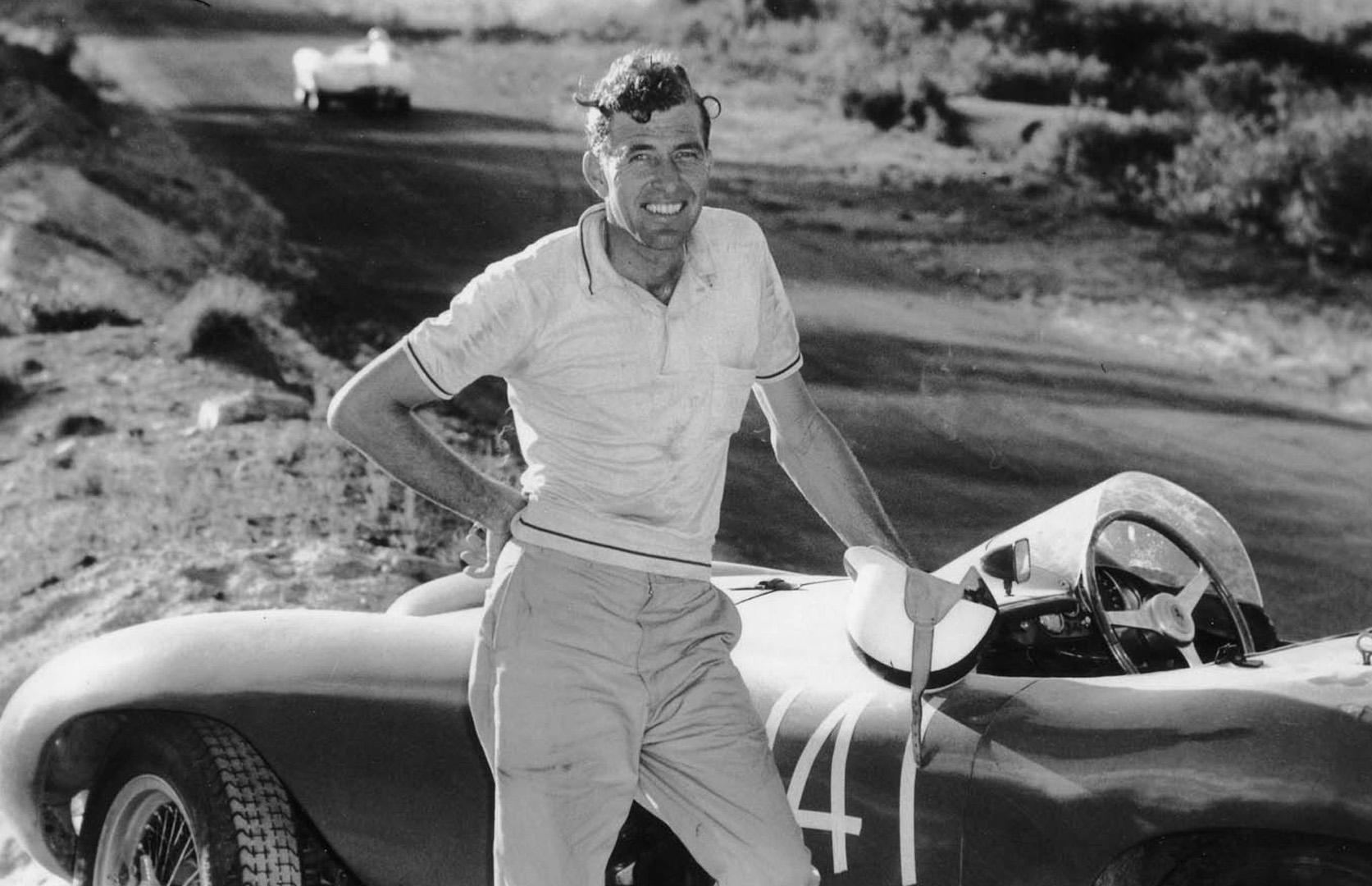
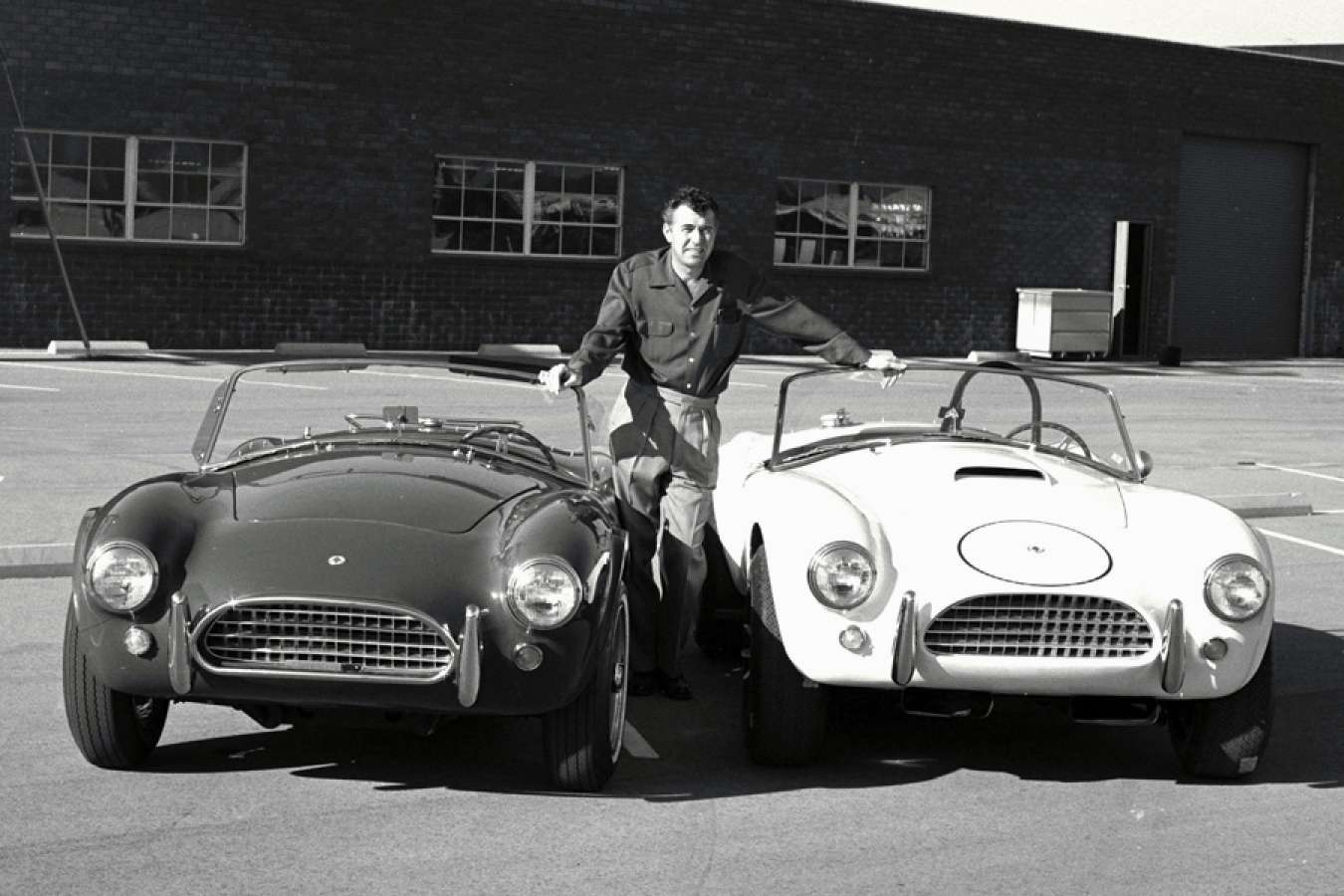
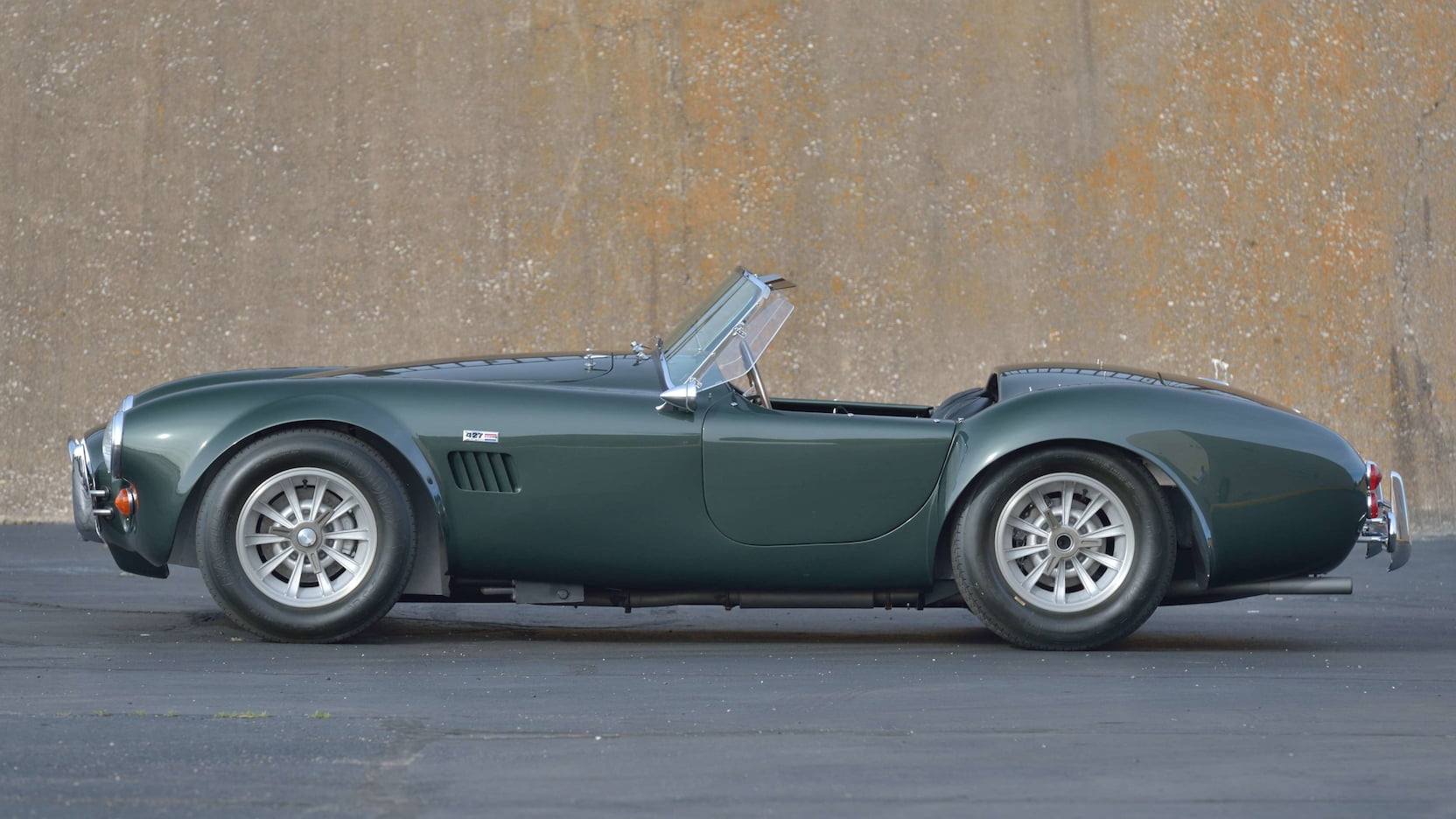
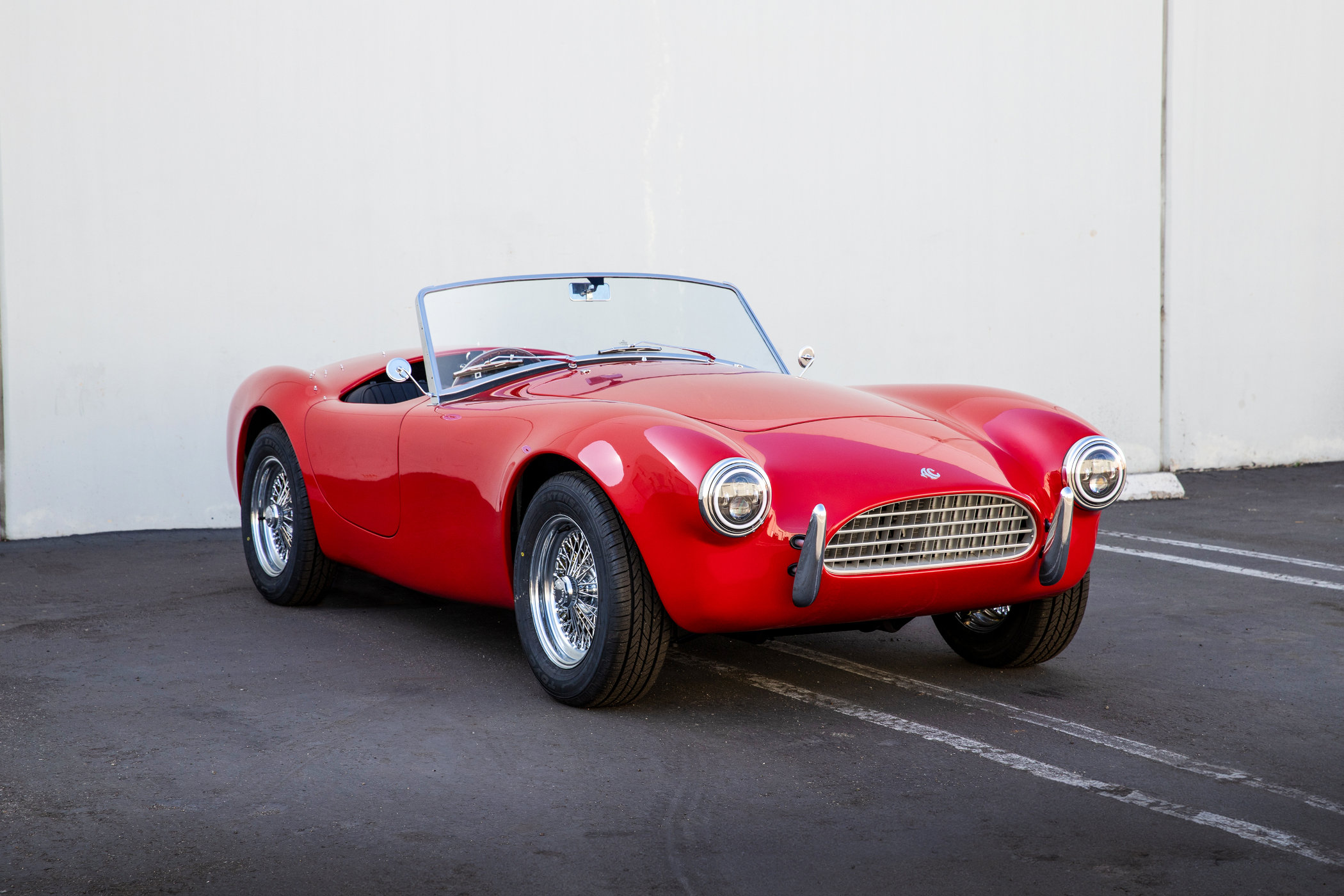
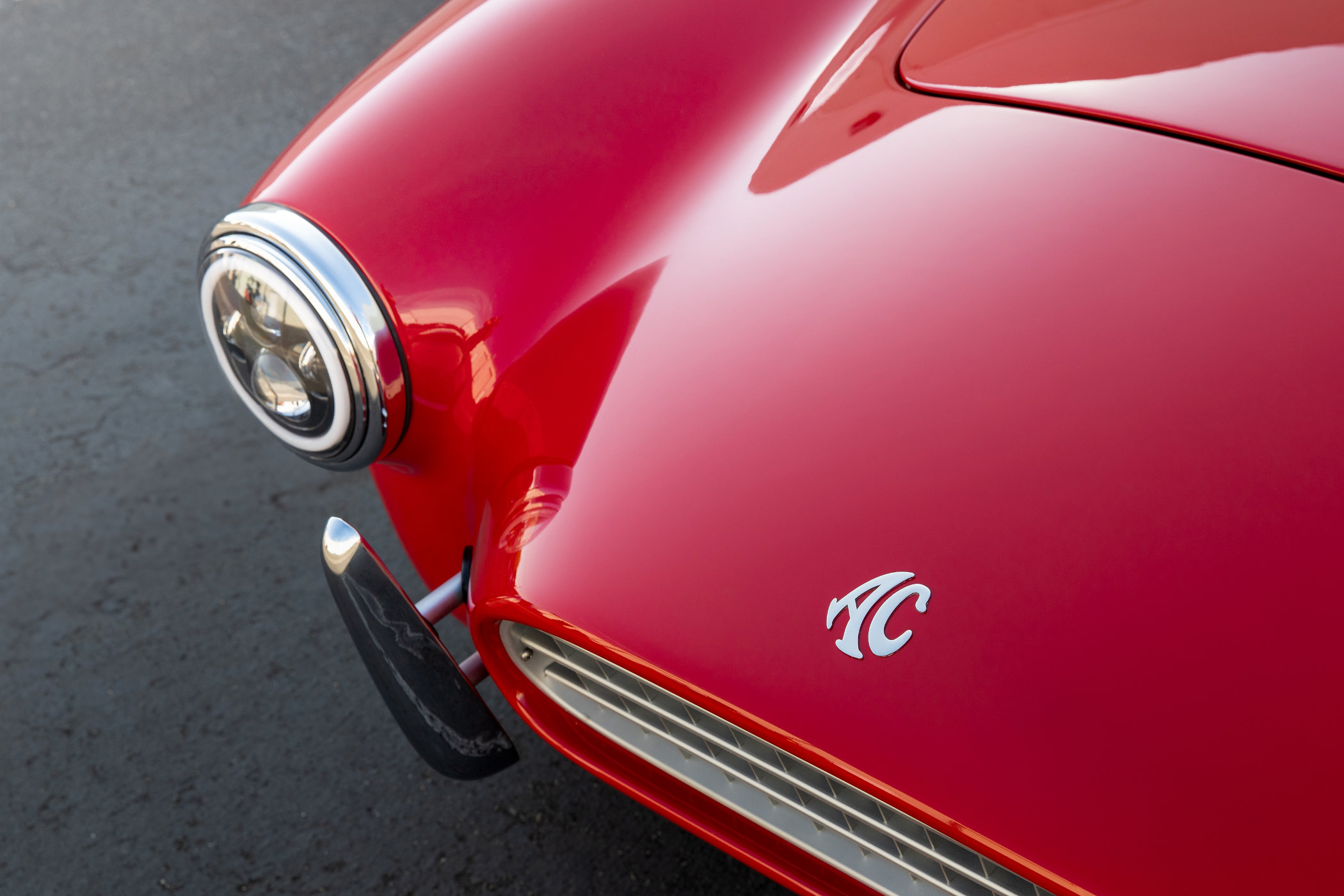
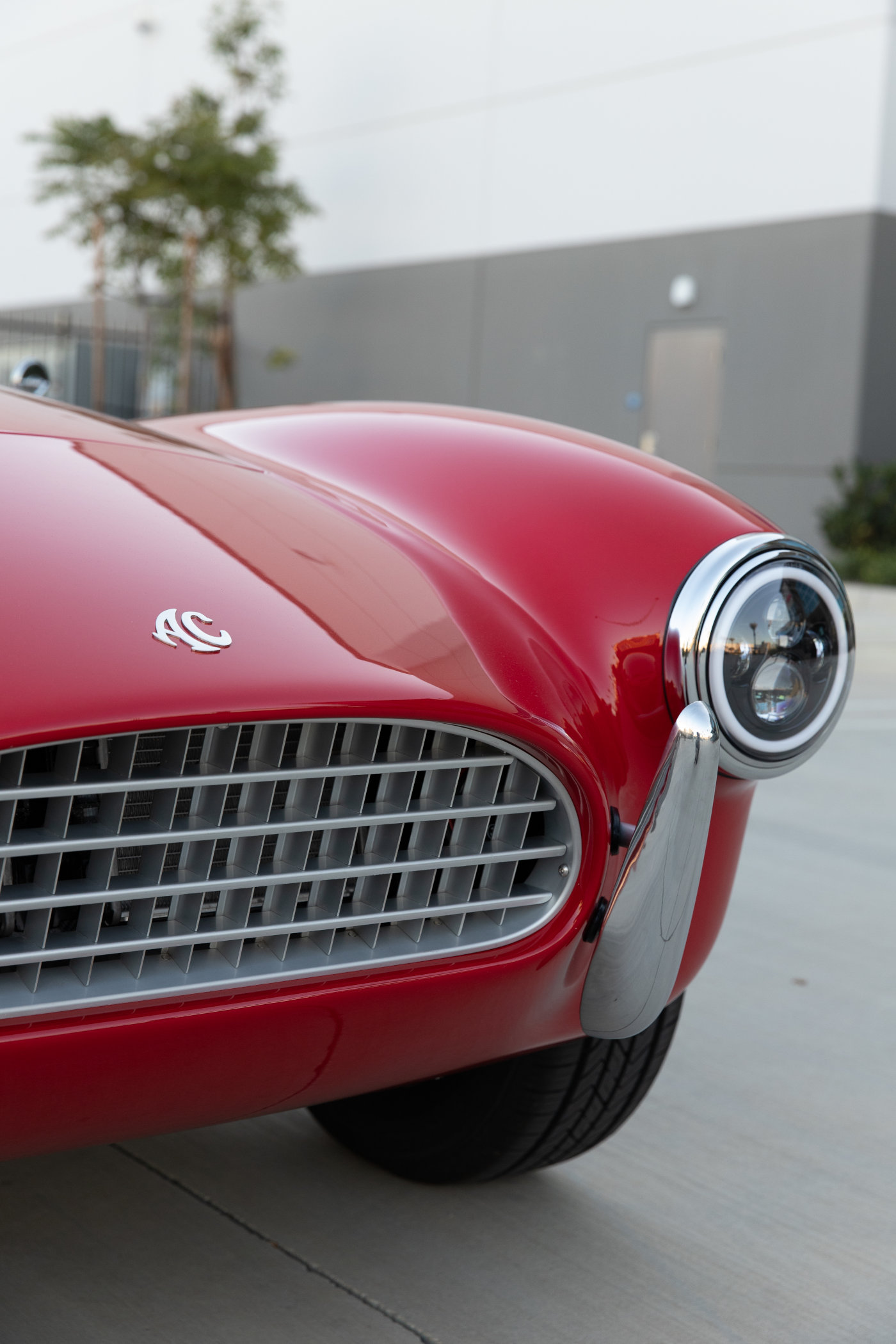
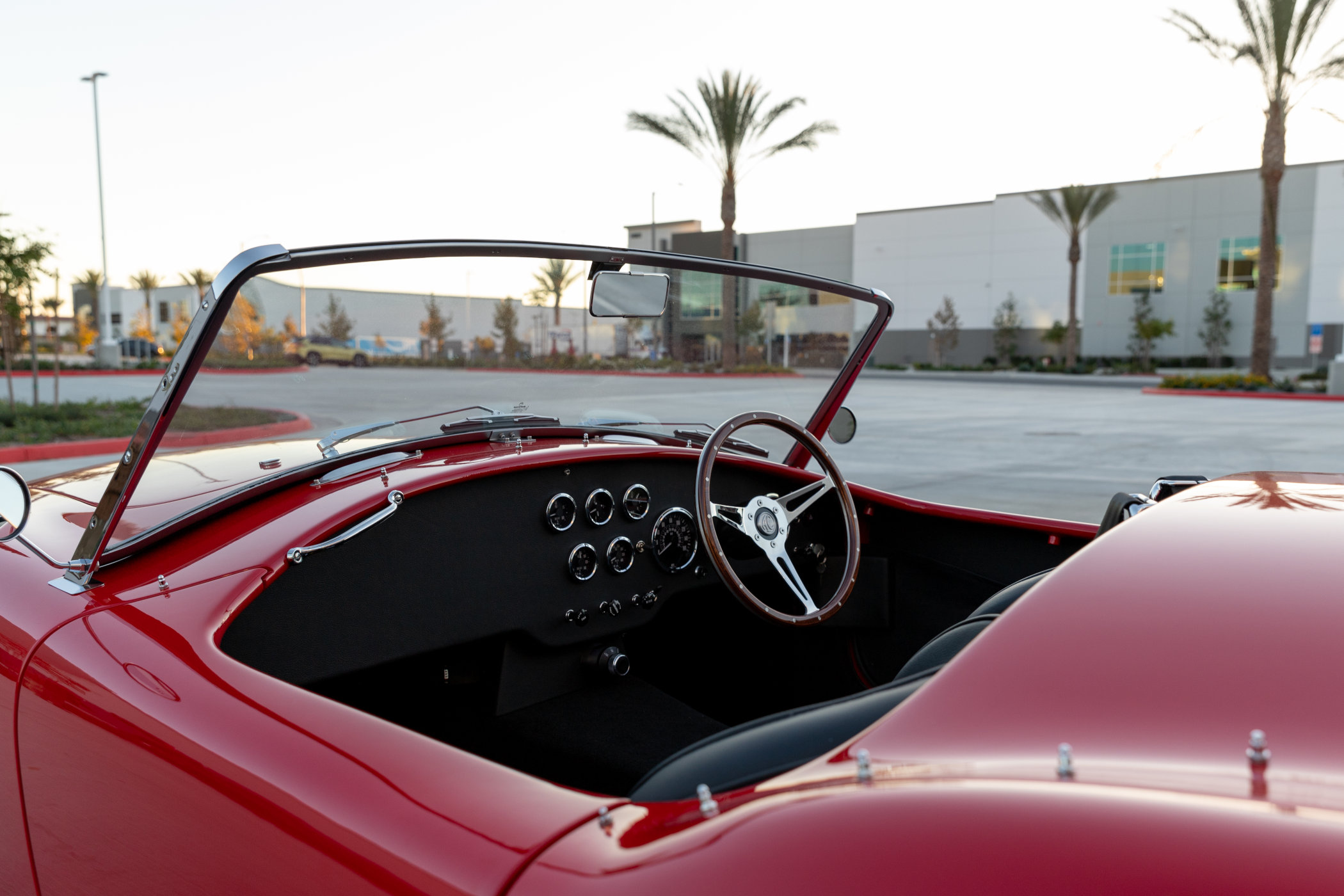
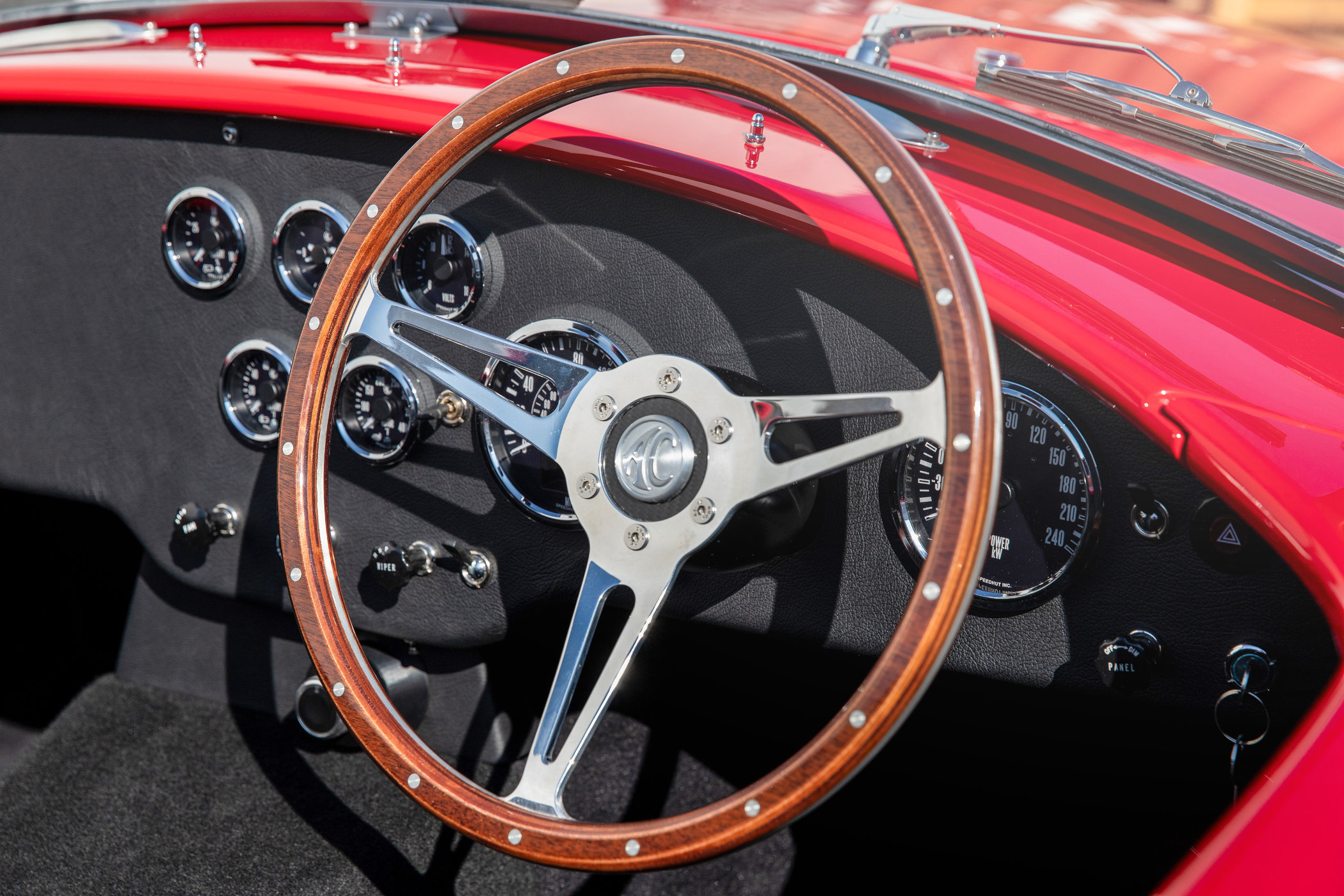
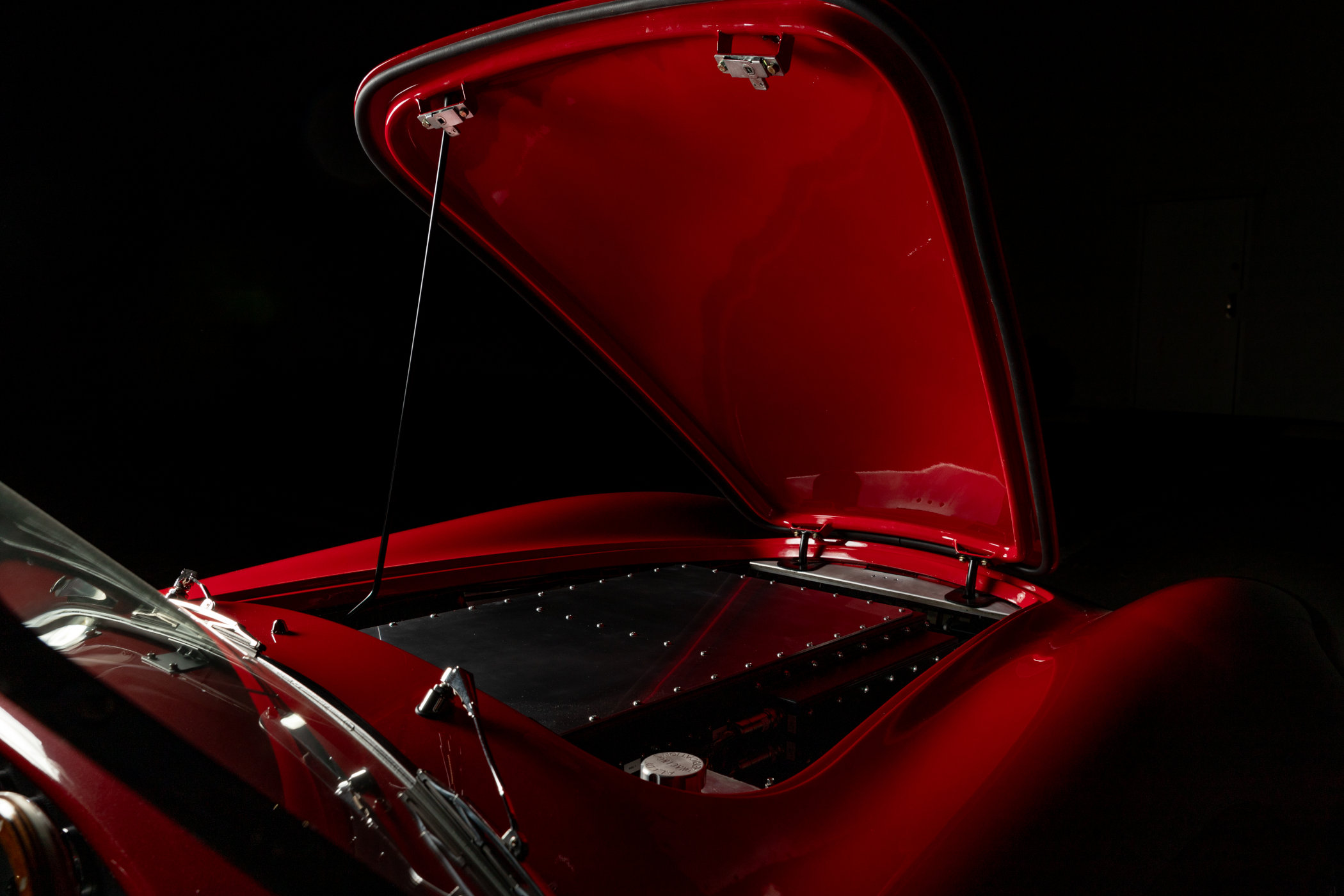
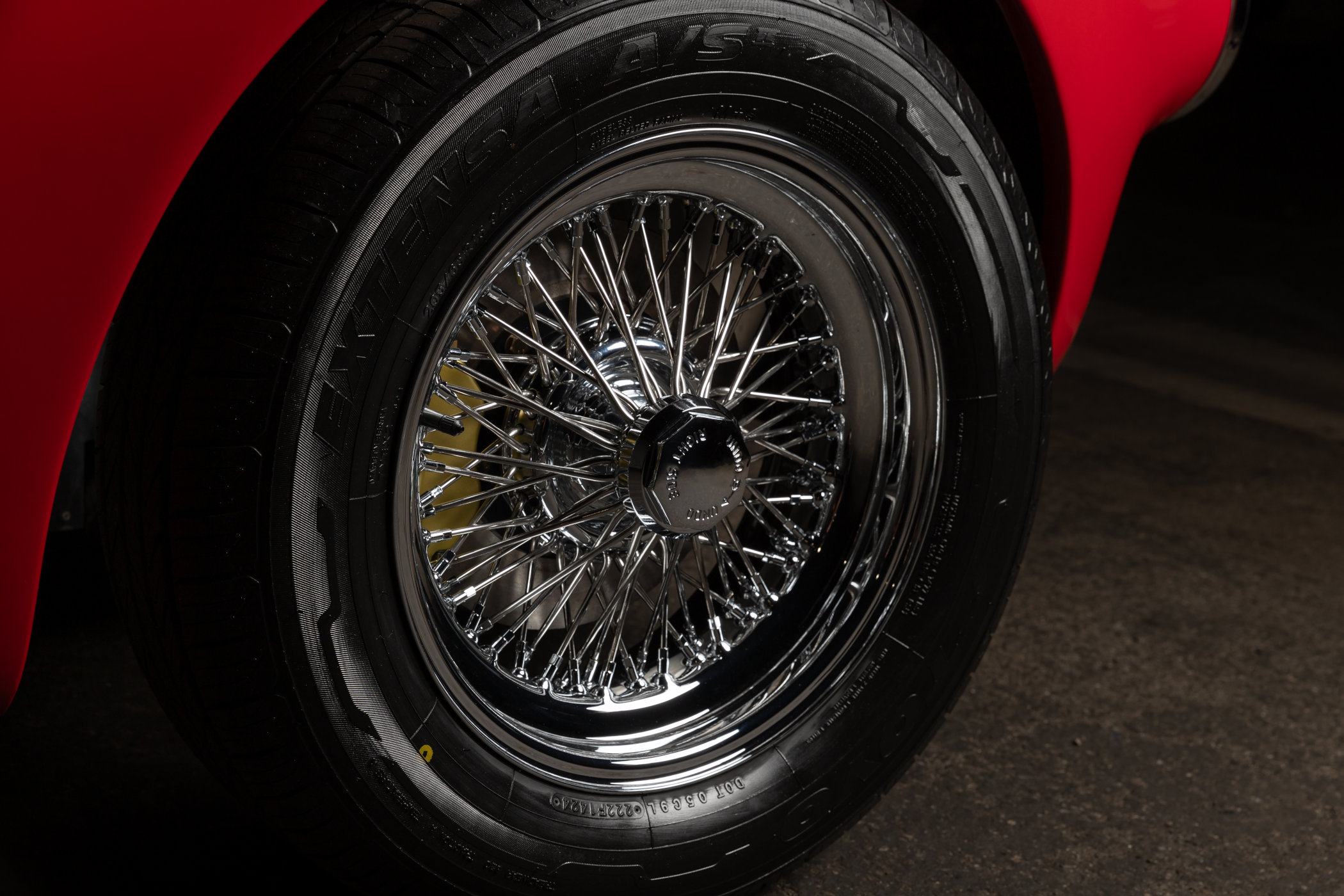

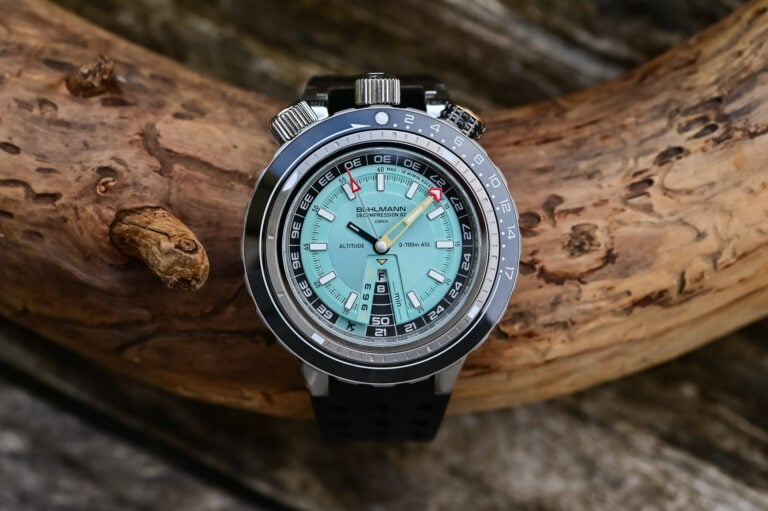
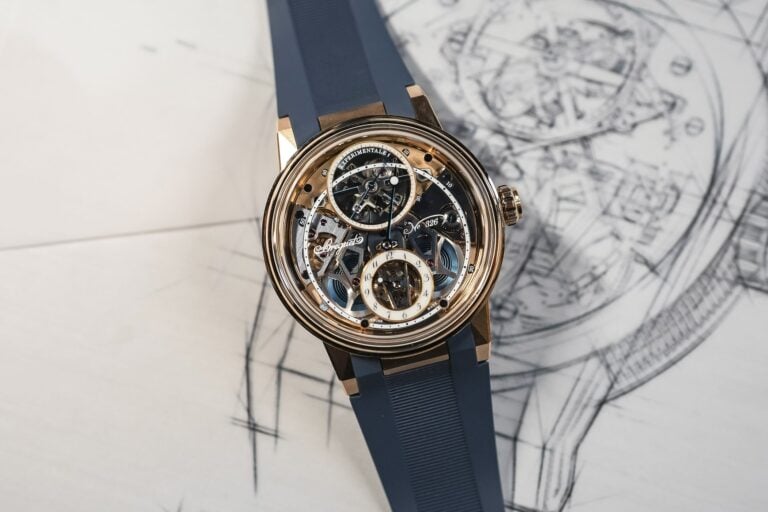
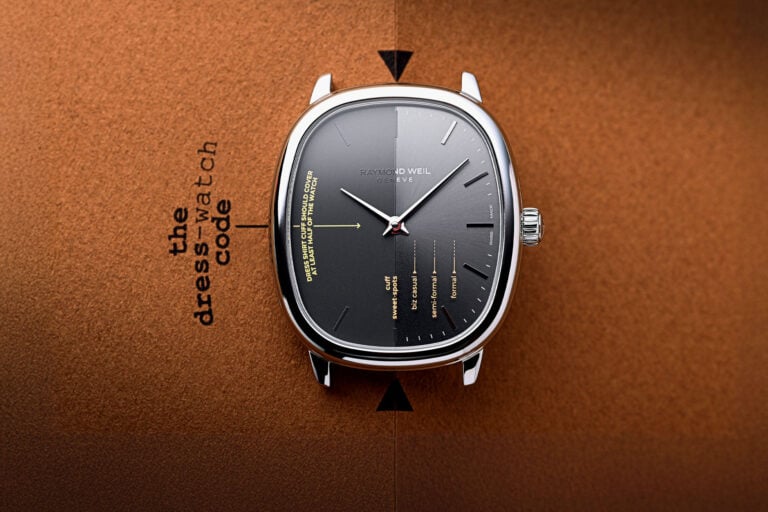
2 responses
The LED lights kill the vibe.
Great read. Agreed about the LED lights. Switching out the headlights with “classic” lens with LED bulb can be done easily.